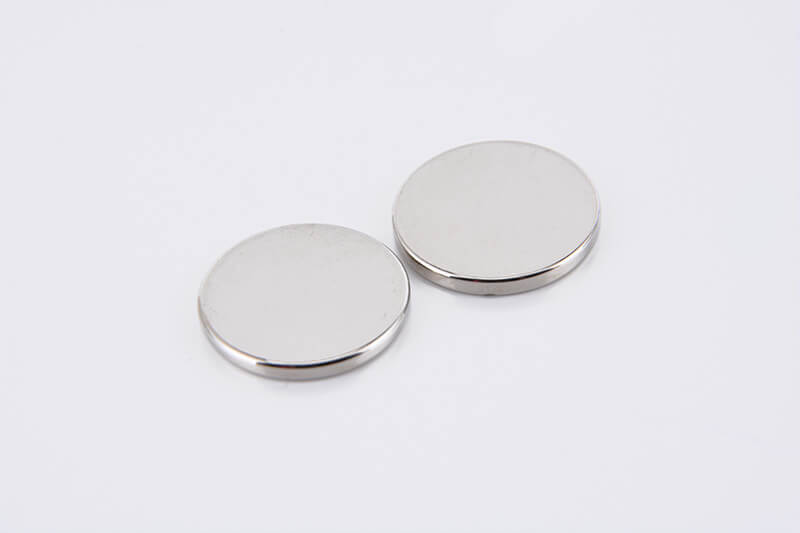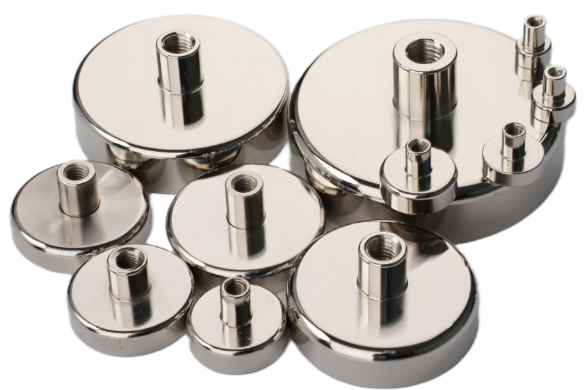Mechanical Properties of Sintered NdFeB Magnets
Sintered NdFeB magnets are widely used, mainly due to their excellent magnetic properties. However, due to the different use environments and conditions, in addition to the magnetic performance requirements, there are also mechanical and chemical performance requirements for the magnets. In this article, we will take a look at the mechanical properties of sintered NdFeB magnets.
 Mechanical Properties of Sintered NdFeB Magnets
Mechanical Properties of Sintered NdFeB Magnets
Before going any further, let's figure out what are the mechanical properties of materials. The mechanical properties of materials generally include strength, hardness, plasticity, and toughness. These mechanical properties have different physical meanings. Strength refers to the maximum ability of a material to resist the destructive effects of external forces. Hardness refers to the ability of a material to locally resist hard objects pressed into its surface and is an index for comparing the hardness of various materials. The higher the hardness, the stronger the metal's ability to resist plastic deformation. Plasticity refers to the ability of a solid substance to resist deformation under a certain external force. A material can permanently deform without being destroyed under the action of an external force. Toughness refers to the ability of a material to absorb energy during plastic deformation and fracture. The better the toughness, the lower the possibility of brittle fracture.
Mechanical properties of Sintered NdFeB Magnets
A sintered NdFeB magnet is a kind of brittle material. Its mechanical properties are hard and brittle, that is, it has high strength and low toughness, and there is almost no plastic deformation before fracture, that is, it fractures in the elastic deformation stage. The sintered NdFeB magnet exhibits high strength and low toughness characteristics due to its crystal structure. In addition, the following two factors will affect the flexural strength of the sintered NdFeB magnet and are also ways to improve its strength.
- The Nd content has a certain influence on the strength of the sintered NdFeB magnet. The experimental results show that under certain conditions, the higher the Nd content, the higher the strength of the material.
- Adding other metal elements has a certain effect on the strength of the sintered NdFeB magnet. When a certain amount of titanium, niobium, or copper is added, the impact fracture toughness of the permanent magnet is improved; when a small amount of cobalt is added, the bending strength of the permanent magnet is improved. The lack of comprehensive mechanical properties of sintered NdFeB magnets is one of the important reasons that limit their application in a wider range of fields. If the toughness of the sintered NdFeB magnets can be improved while the magnetic properties are improved or unchanged, they will play a greater role in the military, aerospace, and other fields.
Conclusion
Thank you for reading our article and we hope it can help you to have a better understanding of the mechanical properties of sintered NdFeB magnets. If you want to learn more about NdFeB magnets, we would like to advise you to visit Stanford Magnets for more information. As a leading magnet supplier across the world, Stanford Magnets has been involved in R&D, manufacturing, and sales of magnets since the 1990s. It provides customers with high-quality permanent magnets like SmCo magnets, neodymium magnets, AlNiCo magnets, and ferrite magnets (ceramic magnets) at a very competitive price.















